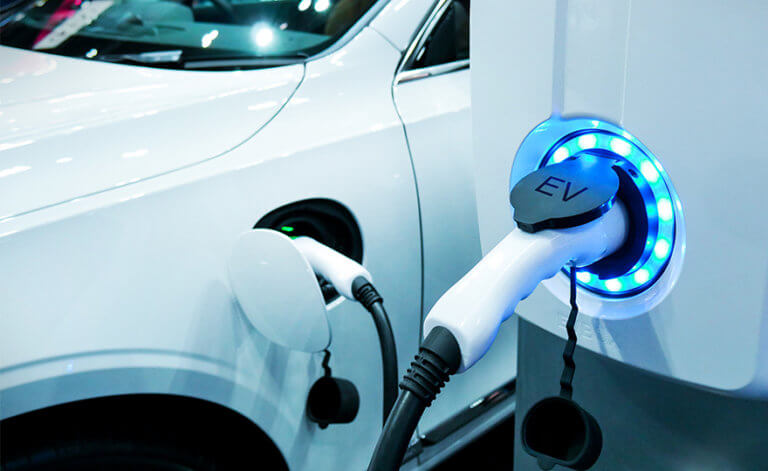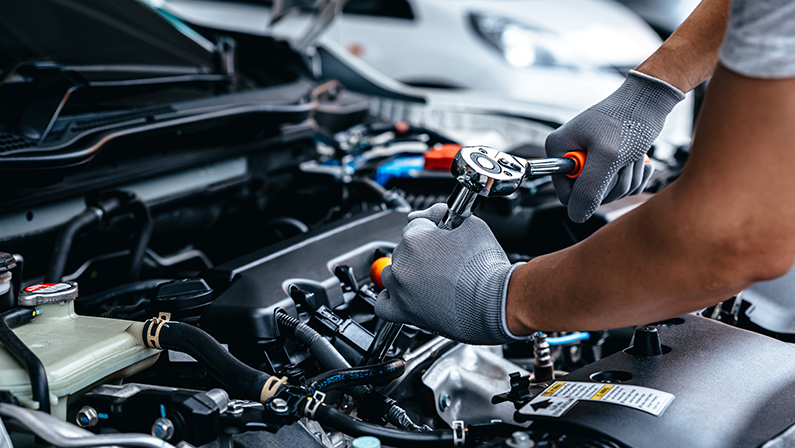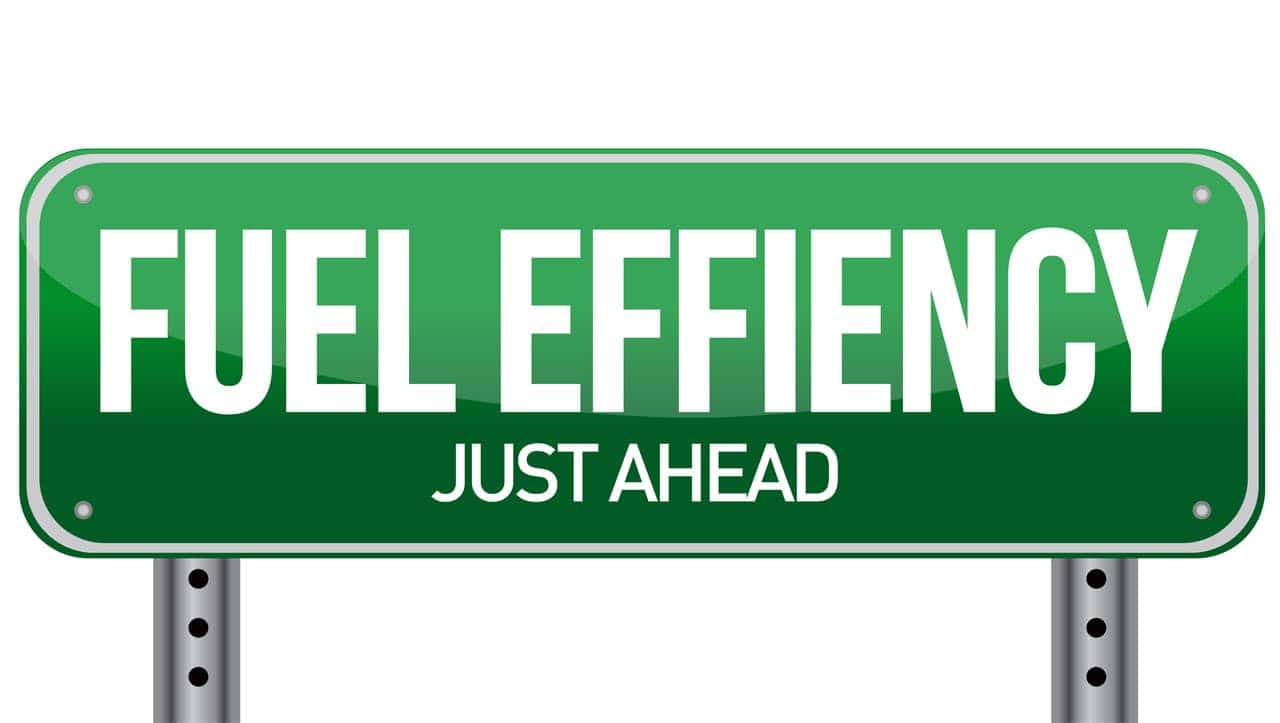Shentai Solar Panels have become increasingly popular in recent years as a renewable energy source. Shentai Solar Panels are an efficient and economical way to generate clean energy for your home or business. There are a few different types of Shentai Solar Panels available, each with its own advantages and drawbacks for you to consider. In this blog post, we will discuss the different types of Shentai Solar Panels, their features, and how to choose the right one for your needs.
Table of Contents
Amorphous silicon
Shentai solar panels use a type of technology known as amorphous silicon, which is also referred to as thin-film silicon. This technology allows for extremely thin layers of silicon to be applied to a substrate, such as glass or plastic. The advantage of this technology is that it requires very little energy to produce and it is much cheaper than traditional crystalline silicon solar panels.
Shentai’s amorphous silicon solar panels are designed to provide high efficiency and low cost in a lightweight, easy-to-install package. These panels can be used in many applications, from residential rooftops to large commercial projects. With their superior performance and low cost, they are becoming a popular choice for both homeowners and businesses looking to take advantage of solar energy.
Crystalline silicon
Shentai crystalline silicon (c-Si) solar panels are the most common type of solar panel used today. These panels are made from a type of semiconductor material, typically silicon. They’re constructed by slicing silicon ingots into thin wafers, which are then treated to create the crystalline structure of the silicon cell.
The main benefit of c-Si solar panels is their high-efficiency ratings. They’re able to absorb more sunlight than other types of solar panels, meaning that they’re able to produce more electricity. Shentai crystalline silicon panels are also highly durable, with some models lasting up to 25 years.
On the downside, crystalline silicon solar panels can be relatively expensive and require significant space for installation. They also generate more heat than other types of solar panels, resulting in slightly lower efficiency in hot climates.
Cadmium telluride
Cadmium telluride (CdTe) solar panels are a type of Shentai solar panel that uses cadmium telluride as the semiconductor material. This type of solar panel is efficient and cost-effective, making it an attractive option for both commercial and residential applications.
The advantages of CdTe solar panels include their relatively low cost, which can be up to 40% less expensive than other types of solar panels. They also boast an impressive efficiency rating, at around 18% efficiency compared to an average of 15% for other types of solar panels. Additionally, CdTe solar panels are durable and can withstand extreme temperatures, strong winds, and heavy snowfall.
However, there are some drawbacks to using CdTe solar panels. The main disadvantage is that they contain hazardous materials, including cadmium and lead, which are released during the manufacturing process.
Although these materials are contained in the panels, if they were to break or be disposed of improperly they could be released into the environment. Additionally, CdTe solar panels have shorter lifespans than other types of solar panels and are not as efficient as other types when used in higher temperatures.
Overall, CdTe solar panels are an affordable and efficient option for Shentai solar energy. They offer great value for money and can be a great option for those looking to switch to renewable energy sources. Despite their hazardous materials, if handled properly CdTe solar panels can be a safe and reliable way to power your home or business.
Copper indium selenide
The Shentai copper indium selenide solar panel is a type of thin-film solar panel. This type of panel is composed of a copper indium selenide layer which is just 0.5 micrometers thick, making it one of the thinnest panels available. These types of panels are also extremely efficient, with some able to convert up to 22% of sunlight into electricity.
In addition, they are relatively inexpensive to produce and require fewer materials than other solar panel types. The downside is that these panels are not as durable as other types and have a shorter lifespan, but the benefits of their efficiency and affordability make them an attractive option for many.
Dye-sensitized
Dye-sensitized solar cells are another type of solar panel produced by Shentai. These panels are made from a layer of titanium dioxide, a light-sensitive dye, and a thin film of electrolyte. The light-sensitive dye absorbs the sunlight and creates an electrical charge, which is then conducted on the electrodes on the panel.
Dye-sensitized panels are lightweight, efficient, and cost-effective, making them a great choice for those looking to reduce their energy bills. They can also be used in a variety of different climates, as they are not affected by extreme temperatures.
In Summary
When it comes to deciding on the right solar panel for your home or business, it is important to consider all of the different types of Shentai solar panels available. Amorphous silicon, crystalline silicon, cadmium telluride, copper indium selenide and dye-sensitized are all viable options that come with their own unique advantages. The type of solar panel you choose should be based on your energy needs, budget and lifestyle.
Ultimately, the type of Shentai solar panel you choose should be based on your specific needs and budget. With the wide variety of options available, there is sure to be a panel that fits your lifestyle and energy needs.









